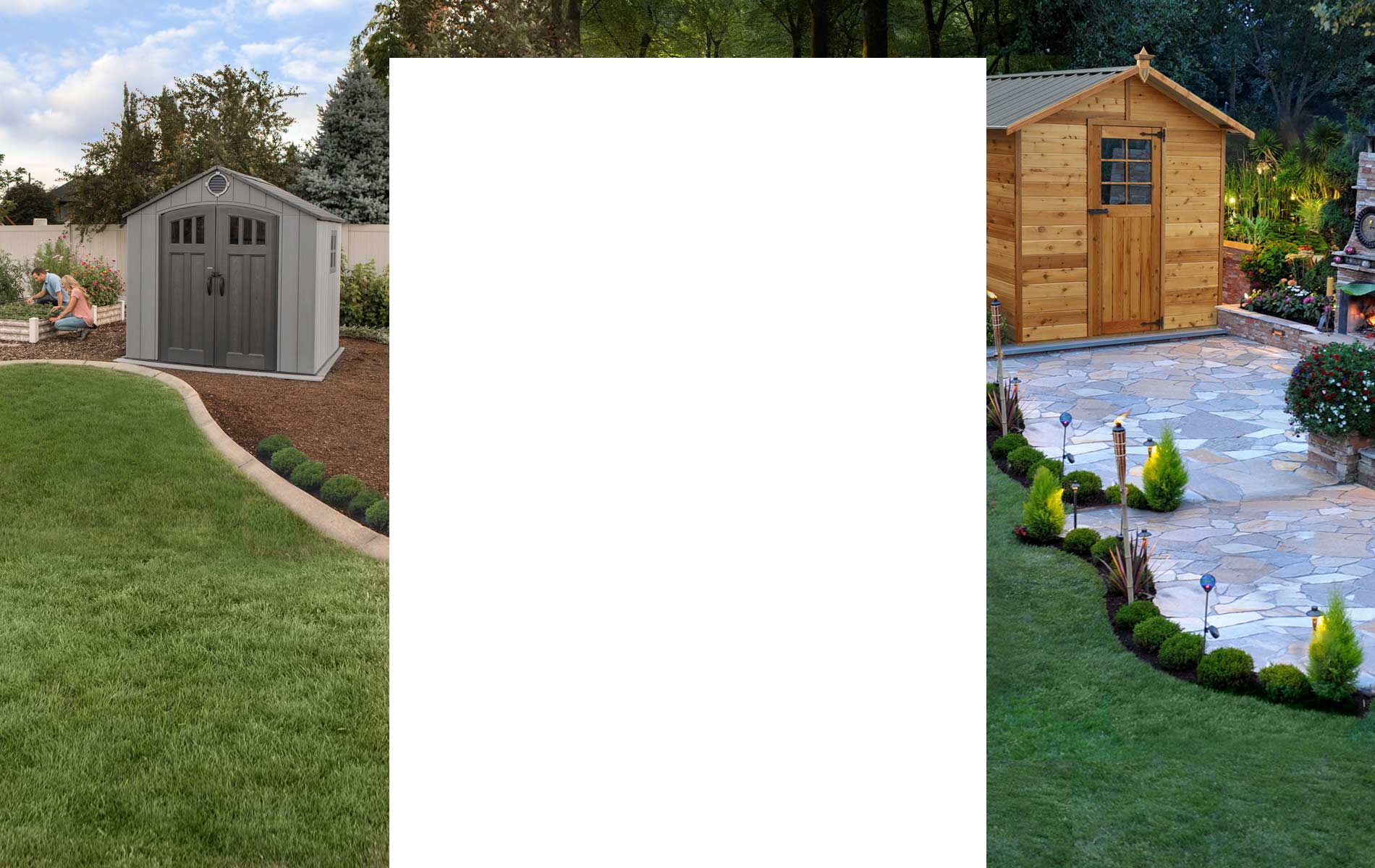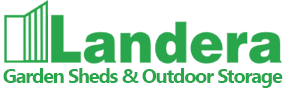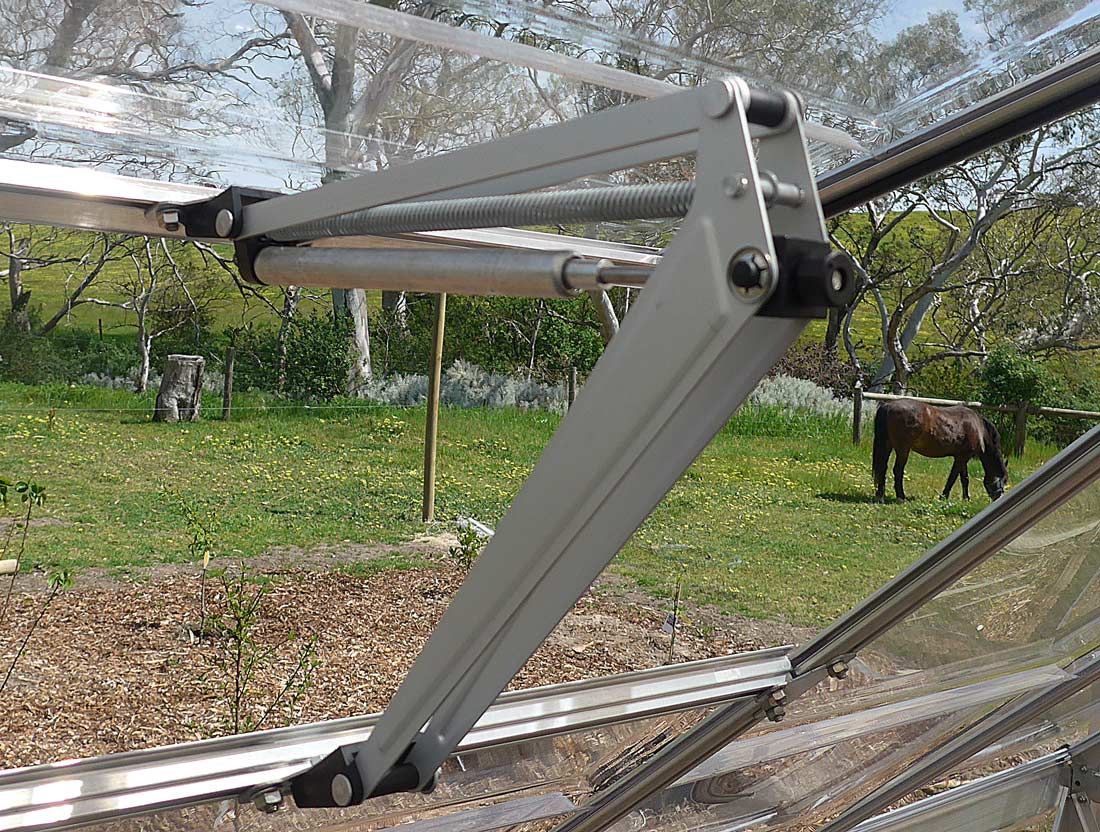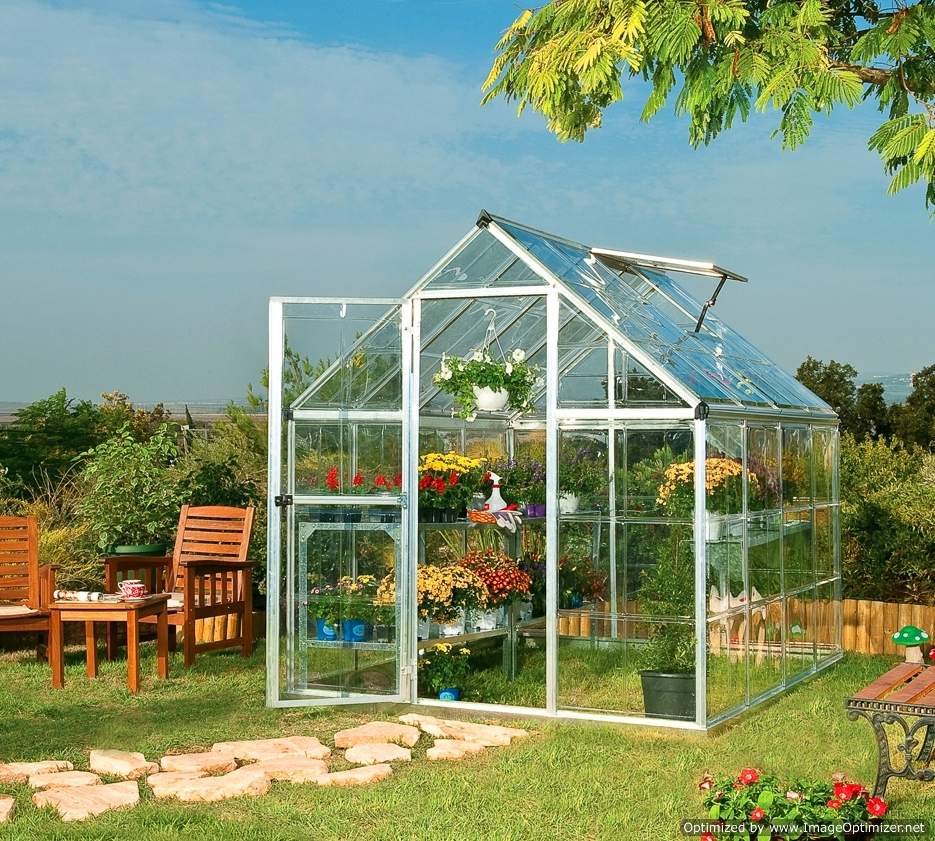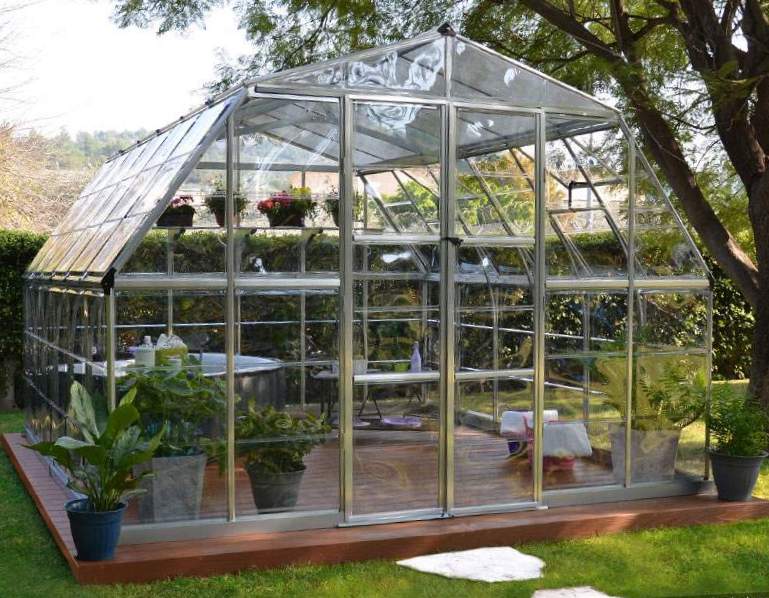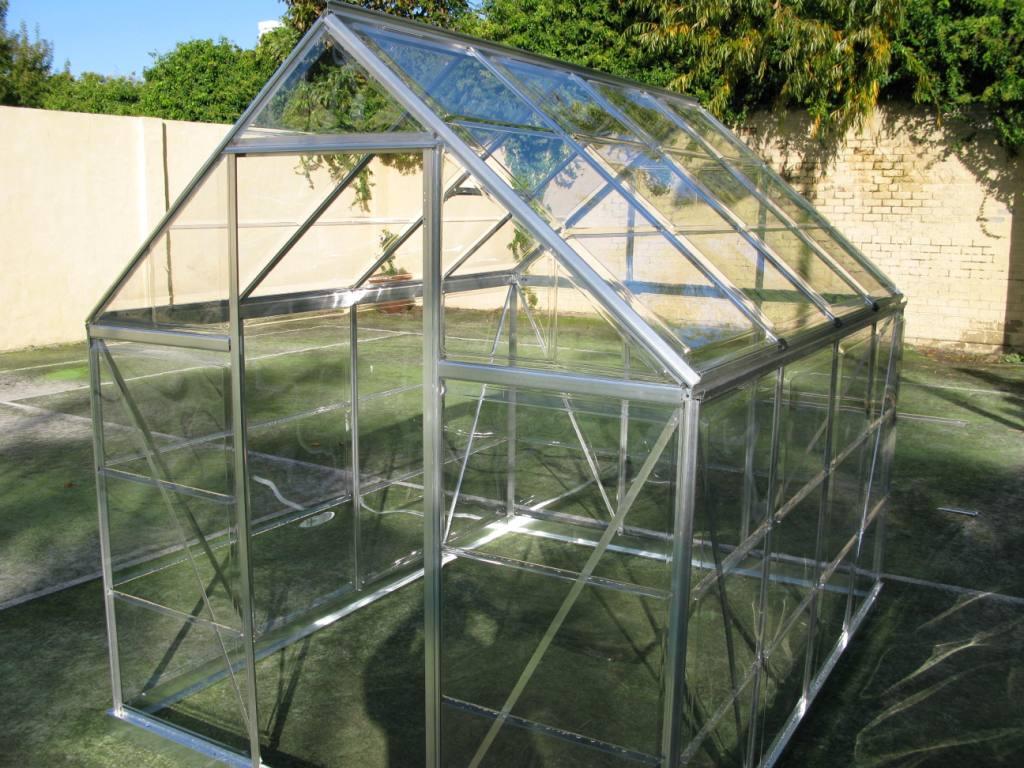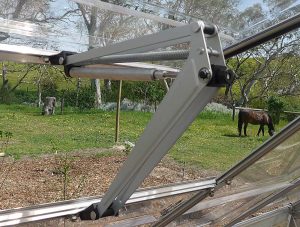 If buying a greenhouse, you really need an auto opening window. They provide the following benefits:
If buying a greenhouse, you really need an auto opening window. They provide the following benefits:
- Regulate temperature
- Promote pollination
- Control pests
- Provide fresh air
- Reduce mildew
- Regulate humidity
- Save time and effort
After a few hot days over the 30 degree mark, I remember what Summer is like again. While I enjoy Summer type weather, it’s also nice to retreat into the cool of the house. Unfortunately, the plants in our garden don’t get that cooling effect until later in the day/evening.
While watering the seedlings in my Maze Silverline greenhouse, I realised it’s time to put the shade cloth over to protect my seedlings and plants from the fierce heat of the afternoon sun. This combined with air flow helps cool my greenhouse down.
My favourite feature of this greenhouse is the automatic opening vent arm in the roof. The arm actually opens the roof vent as the suns heats up during the day. Later as the day starts cooling, it closes the window. The arm has wax inside a sealed piston and as it gets hot the wax melts and expands, opening the window. The wax hardens again as the ouside temperature cools and the spring closes the window shut. This is a brilliant way to ensure your tomatoes or other plants don’t cook in your greenhouse if you forget to open the vent/door in the morning. You can relax knowing that your plants are being looked after… wax on, wax off!
Our arms are fully adjustable to allow different opening and closing temperatures.
Our Maze/Silverline greenhouses also have a magnet that holds the door open to allow extra ventilation during the day if you wish. But I like the idea that you can add another vent into the roof once your greenhouse has been installed if you desire. It is a relatively easy job to slide another vent (with auto arm of course!) into the roof and then you have cross ventilation available at all times. If you are worried about adding another vent, the additional vent you purchase does come with instructions to retro fit.
The Silverline greenhouses have many options available, so you can add different items when you need them. There are two types of shelving to attach to the walls, two and three tier benches, bench/table unit, dripper system, etc.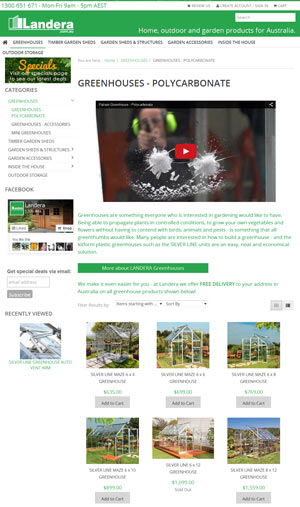
Another favourite is the trellising kit designed to make your tomatoes and cucumbers more manageable to maintain and pick in the greenhouse. They make everything look tidy and you have control!
I enjoy the fact that I don’t need to try and protect my produce from the pesky feathered and furry bandits who would devour my produce very quickly if they could. There’s nothing worse than finding your tomatoes pecked over or gone after spending your valuable time growing time. With a greenhouse – that is no longer a problem.
Check out the many greenhouse’s and accessories available and get ready to enjoy your Spring/Summer produce for longer!
Call us to learn more, we know greenhouses!
1300 651 671
